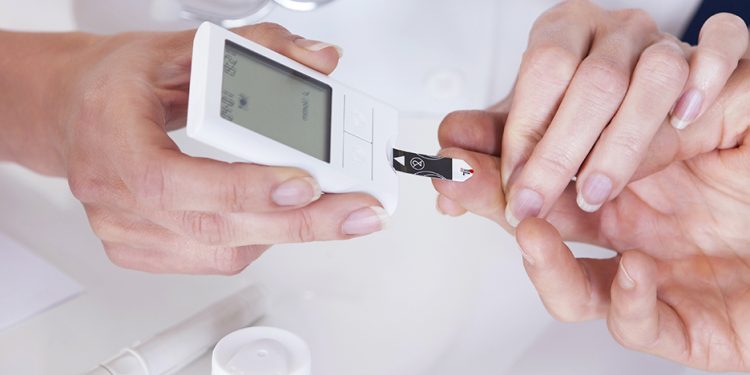Diabetes can be a bit of a mystery. Most people aren’t familiar with which parts of the body diabetes can impact or the challenging symptoms that people with diabetes experience before and after they’re diagnosed. It’s high time we demystify diabetes, not only to eliminate the stigma but also to help folks recognize the signs and risks of going undiagnosed.
In this article, we will explore various types of diabetes and how they can significantly influence a person’s daily life.
Table of Contents
Understanding the Difference Between Type 1 and Type 2 Diabetes
Type 1 Diabetes: Type 1 diabetes is quite different from its counterpart. It’s essentially an autoimmune condition where your immune system takes a wrong turn and starts attacking the insulin-producing beta cells in your pancreas. This means that if you have type 1 diabetes, you’ll need to become familiar with insulin injections to keep your blood sugar levels in check. Unfortunately, there’s no way to prevent it, and it often makes its grand entrance during childhood or adolescence.
Type 2 Diabetes: Type 2 diabetes typically has a strong connection to our lifestyle choices. Factors like bad eating habits, lack of physical activity, age, and obesity can contribute to it. In type 2 diabetes, your body’s cells become somewhat resistant to insulin’s efforts to let glucose in, and your pancreas might not be producing enough insulin to maintain those ideal blood sugar levels. While it’s more commonly seen in adults, it can sneak up on you at any age. The silver lining is that simple lifestyle changes, like adopting a healthy diet and incorporating regular exercise, can play a significant role in managing type 2 diabetes.
Recognizing the Symptoms of Low and High Blood Sugar
Monitoring your blood sugar levels is critical because both low and high blood sugar can have serious consequences:
Low Blood Sugar: When your blood sugar drops too low, it can lead to a range of symptoms, including:
- Sweating
- Shakiness or trembling
- Rapid heartbeat
- Irritability or mood changes
- Dizziness or lightheadedness
- Confusion or difficulty concentrating
- Hunger
- Weakness or fatigue
- Blurred vision
- Seizures (in severe cases)
If left untreated, severe low blood sugar can result in loss of consciousness, seizures, and even coma. Immediate consumption of fast-acting carbohydrates like glucose tablets or fruit juice can help raise blood sugar levels. Please seek immediate medical attention if you suspect you have low blood sugar.
High Blood Sugar: Conversely, high blood sugar levels over an extended period can lead to the following symptoms:
- Increased thirst and urination
- Fatigue
- Blurred vision
- Dry mouth
- Frequent infections
- Slow-healing wounds
- Unexplained weight loss
- Increased appetite
Consistently elevated blood sugar levels can damage blood vessels, nerves, and organs, increasing the risk of complications such as heart disease, kidney disease, and vision problems.
Checking for Diabetes with an Endocrinologist
If you have risk factors for diabetes, like a family history of the condition, obesity, or a sedentary lifestyle, monitoring your blood sugar levels is crucial. An endocrinologist is your go-to expert for all things blood sugar-related.
Endocrinologists offer valuable advice on lifestyle changes, like tweaking your diet and getting more active. And if it’s necessary, they can even prescribe medications. But that’s not all – they’ll keep a close eye on your condition to ensure no further complications arise.
Take Away
Maintaining optimal blood sugar levels is paramount for your overall health and well-being. Whether you have diabetes or want to ensure you’re at a lower risk, understanding the differences between type 1 and type 2 diabetes, recognizing the symptoms of low and high blood sugar, and checking for diabetes with an endocrinologist are crucial steps in safeguarding your health.


 Home
Home










